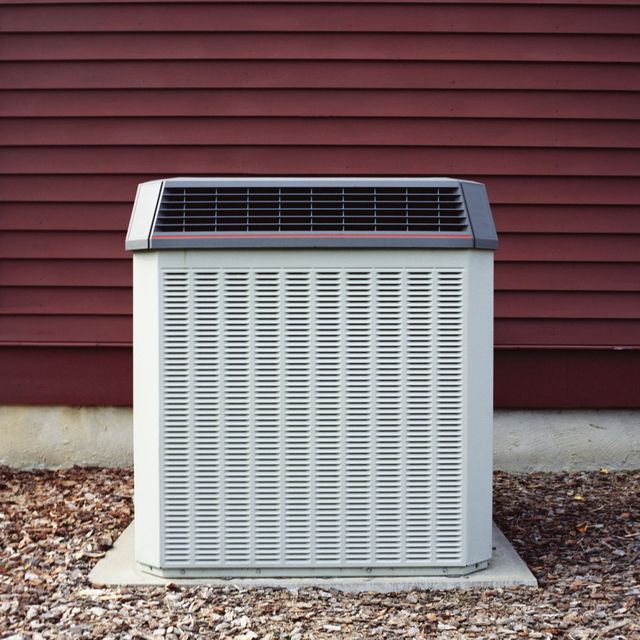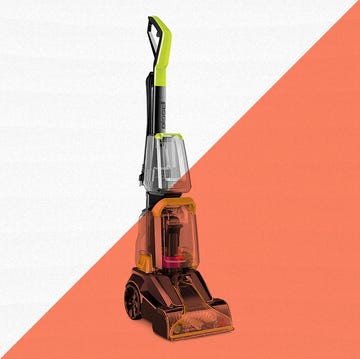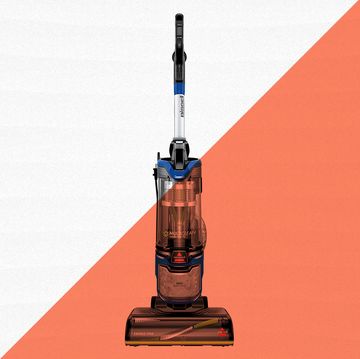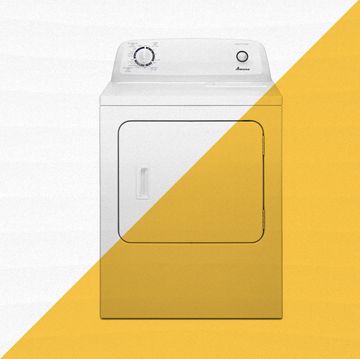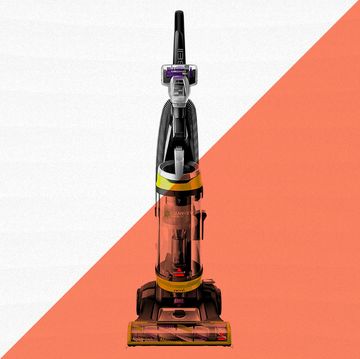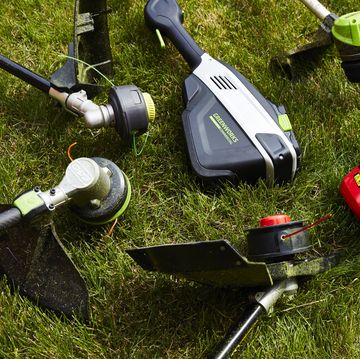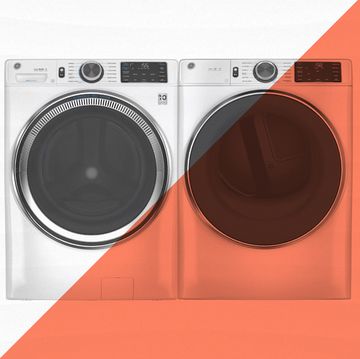People are surprised when water starts pouring out of their air conditioning system. It’s the last thing they expect to see. Where is all that water coming from and what you can do about that? Both good questions.
How It Works
Air conditioners pull warm and humid indoor air over a coil of cold tubing. This coil is colder than the air because it’s filled with cold refrigerant. The moisture vapor suspended in the air condenses on the cold coil. The resulting liquid water is called condensate, and it drips off the coil and into a pan below it.
All air conditioners work this way, regardless of whether it’s a window unit or a central air conditioning system—even your refrigerator, freezer, or dehumidifier works like this.
Central air conditioners produce so much condensate that the cold part of the system (known as the indoor coil, the evaporator coil, or the A coil for its shape) has a large pan underneath it. During the cooling season, water is constantly dripping off the coil, into the pan and draining down a pipe to the outside of the house. In some cases, the water is piped to a small container with a pump, called a condensate pump, which removes the liquid via a tube to the outside.
How To Fix It
When moisture starts leaking into your house when the air conditioner is running, you want to do three things:
- For systems that drain by gravity, be sure the condensate is flowing freely to the outside; the drain line (especially the elbow) may be plugged with mold and slime.
- For systems that use a condensate pump, if the pump has failed, that could lead to water backing up in the system and overflowing the pan.
- That the large pan below the cold coil (called the condensate pan) is not rotted and full of holes, and leaking water into the house. Note, that in most cases, replacing the pan below the coil is usually not something a homeowner can tackle. A leaking pan is almost always better repaired by a licensed air conditioning heating ventilation contractor (HVAC).
It’s important to understand that conditions in a condensate drain line (and often the pan itself) are ripe to produce slime and mold. The slow and steady drip of moisture is enough to support slime and mold—especially given the presence of dust, pollen, warm air and darkness. Remember that the drip through the pan is slow and steady, there isn’t enough moisture to flush the pan clean.
Step one is to clean out the little plastic elbow that leads from the condensate pan. Sometimes it’s so plugged with slime that you have to cut it out and replace it.
Then you have to clean the condensate drain. To do that, you simply hook up a shop vacuum to the end of the condensate drain on the outside of the house, cover or cap the vent in the condensate drain (if there is one), and run the shop vacuum for a few seconds to pull any dried or wet slime out of the line. That last point is important. Remove the shop vacuum’s paper air filter to do this.
Keeping the drain line clear is pretty easy to do in most cases. Pour a bleach-and-water solution down the condensate drain to kill mildew growing in it. Homes with long condensate drains and in extremely humid environments (near lakes or the ocean, or anywhere in the deep south) should probably flush out the condensate line every two to three months.
Plastic drain lines are resistant to bleach and water, but metal condensate pans are not, so be advised that you are creating a condition for increased corrosion, pitting, and leakage with metal pans when you use a bleach and water solution or put chlorine tablets in the pan. Copper drain lines can also be damaged by the use of bleach and water.
What You'll Need

Roy Berendsohn has worked for more than 25 years at Popular Mechanics, where he has written on carpentry, masonry, painting, plumbing, electrical, woodworking, blacksmithing, welding, lawn care, chainsaw use, and outdoor power equipment. When he’s not working on his own house, he volunteers with Sovereign Grace Church doing home repair for families in rural, suburban and urban locations throughout central and southern New Jersey.
